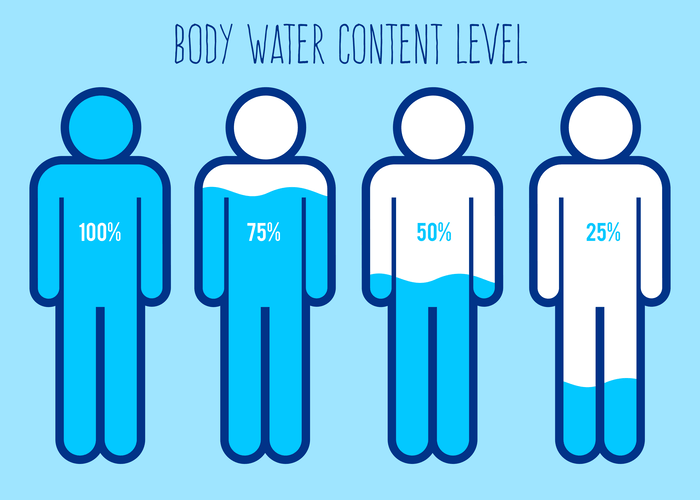

A child is considered to have partial fetal alcohol syndrome when they have been exposed to alcohol in the womb and have some but not all of the traits linked to FAS. After delivery, you should continue to pay attention to when you drink alcohol if you’re breastfeeding your baby. If you’ve already consumed alcohol during pregnancy, it’s never too late to stop.
A woman should stop drinking at once if she thinks she could be pregnant. If you cannot stop drinking, talk with your doctor or contact local Alcoholics Anonymous (AA) groups or a local alcohol counselor or treatment center. AA is a cost-free fellowship of men and women who share their experience, strength, and hope with each other that they may solve their common problem and help others to recover from alcohol use disorder.

The provider will examine the baby to look for changes in the face, eyes, and upper lip. FASD happens when a person drinks alcohol during pregnancy. Like other drugs, alcohol can pass from the parent’s blood through the placenta to the baby. Alcohol is broken down more slowly drunken baby syndrome in the baby than in an adult.

Doctors may prescribe medicines to help with related problems, such as attention deficit hyperactivity disorder (ADHD), depression, aggressive behavior, sleep problems, and anxiety. Any continued alcohol use should be discussed regarding your own safety and that of future pregnancies. A.D.A.M., Inc. is accredited by URAC, for Health Content Provider ().

Also, when Kate was born she almost didn’t make it due to complications at birth that some say is still a miracle she survived. Symptoms of alcohol withdrawal usually start within a few hours of the last drink and include tremors, sweating, hypertension, tachycardia, restlessness, and nausea. This begins one https://lettch.com/alcoholic-ketoacidosis-etiologies-evaluation-and/ to three days after the last drink and may continue up to 10 days.
Too much alcohol can cause Halfway house damage to your body, and you can experience episodes over and over just from eating certain foods. The condition is linked to NAFLD or NASH, which can cause a slew of symptoms and liver failure. The condition can be worrisome because being intoxicated can put your health and safety at risk – as well as the health and safety of others. You may behave inappropriately or get behind the wheel of a car.
Studies among these women in the same nation also revealed over three percent of them were confirmed as alcoholics. Among all these women, the risk of the child she’s carrying developing FAS depends greatly on how much alcohol she has consumed while pregnant. This, combined with the woman’s age, dietary choices, and other habits such as drug abuse and smoking, all play factors in how much damage will the unborn child receive by the time it is born. Paternal smoking, in particular, appears to put a baby at risk. Male babies of fathers who smoke before or around the time their partners get pregnant are more likely to deal with obesity, breathing problems, and headaches later. These children also appear to have lower sperm quality later in life.

Copyrights © 2020 HealthcareAwards.info. All Rights Reserved.
Recent Comments